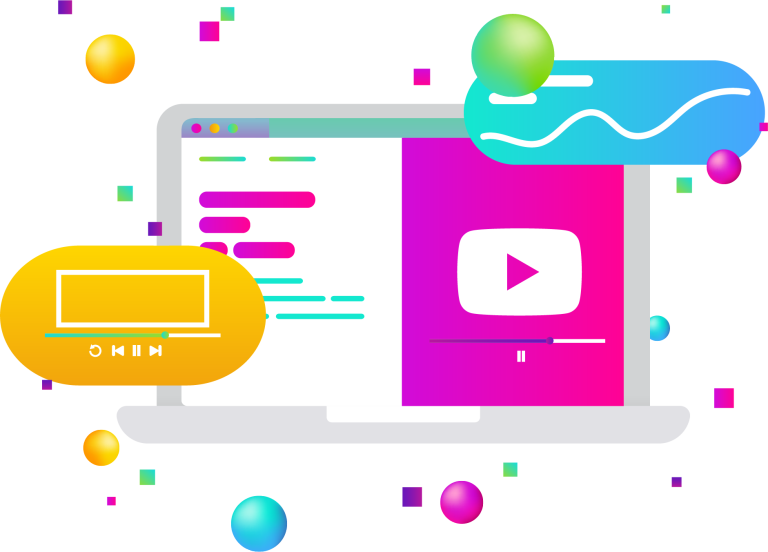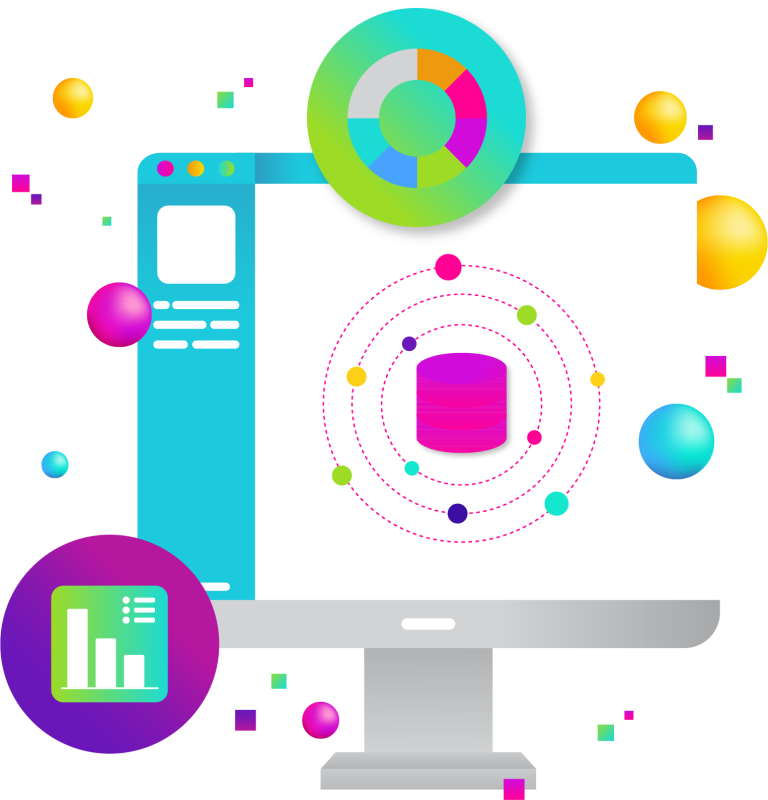Content marketing is an essential tool for any business in today’s digital age, but it can be difficult to keep track of what topics to post and when. That’s where a content calendar comes in. A content calendar is a useful way to plan out exactly what kind of content you want to post and when, allowing you to maximize the effectiveness of your content marketing strategy. Here are some reasons why you should implement a content calendar into your marketing plan.

What Is A Content Calendar?
A content calendar is a planning tool for mapping out the type of content that will best serve your business goals. It helps organize ideas, create topics, format marketing plans, and track performance. Having all of this information at your fingertips makes it easier to plan ahead and decide what type of content should be created next. This way, you can plan out blog posts, newsletters, social media posts, videos, and podcasts— there are endless possibilities! With a content calendar in place, there will never be any confusion about what needs to be created or when it needs to be done.
Benefits of Using a Content Calendar
Time Management
A content calendar allows you to stay on top of your content creation by giving you an easy-to-follow schedule of when each piece of content needs to go live. With a set timeline for each post, it’s easier for everyone involved in the process to stay organized and on task. This will help ensure that deadlines are met and that all posts are published on time.
Consistency
Having a consistent posting schedule ensures that your brand remains at the forefront of your customer’s minds. By establishing a regular pattern of posting, people will start to become familiar with your brand and its associated values in no time. Plus, consistency also helps build trust between customers and businesses, as well as increases engagement from followers who expect reliable updates from their favorite brands.
Flexibility
A major benefit of having a content calendar is that it allows for flexibility if necessary. You can easily adjust or rework existing plans if something urgent comes up or if you need more time for certain tasks within the timeline. This way, you don’t have to worry about missing important deadlines due to unexpected circumstances or changes in plans.
How to Create a Content Calendar
Step 1: Set Your Goals
Before you start creating your content calendar, it’s important to have a clear understanding of what your goals are. What do you want to achieve with your content? Are you looking to increase sales, build brand awareness, or generate leads? Once you know what your goals are, you can start planning how best to reach them.
Step 2: Determine Your Audience
The next step is to determine who your audience is. Who are you writing for? Knowing who your audience is will help you create the right message and use the right tone in your content. You should also consider where they are located, as this will help inform which channels and platforms they use most often.
Step 3: Choose Your Channels
Now it’s time to decide which channels and platforms are best suited for reaching your audience. This could include social media platforms like Twitter and Instagram, blogs, YouTube videos, podcasts, etc. Knowing which channels and platforms to use will allow you to target the right people with the right message at the right time.
Step 4: Plan Your Content Strategy
Once you have determined which channels and platforms to use, it’s time to plan out what type of content you want to publish on each channel or platform. Do some research into what type of content resonates most with each specific audience on each channel or platform. Make sure that all of the pieces fit together in a cohesive way that supports your overall goal for the campaign or project.
Step 5: Schedule Your Content
The final step is scheduling when each piece of content will be published on each channel or platform – this is where having a content calendar comes in handy! You should also consider how much time it takes to create each piece of content; if necessary, adjust when things get published based on production timelines (or even repurpose existing pieces). This will ensure that everything gets done in a timely manner without sacrificing quality! Not sure where to start? HubSpot has a great social media content calendar template you can download for free here.
Conclusion
Content calendars let businesses take control over their digital presence by providing them with an efficient way to manage their online presence without sacrificing quality or consistency. Whether you’re planning social media posts, blog posts, newsletters, or other types of content, having a well-organized system like a content calendar helps make sure that nothing slips through the cracks and keeps everyone on track with clear timelines and goals in mind. Implementing a comprehensive system like this one is sure to increase productivity and yield positive results for any business! And be sure to check out Content AI+, our affordable content-writing subscription service!


